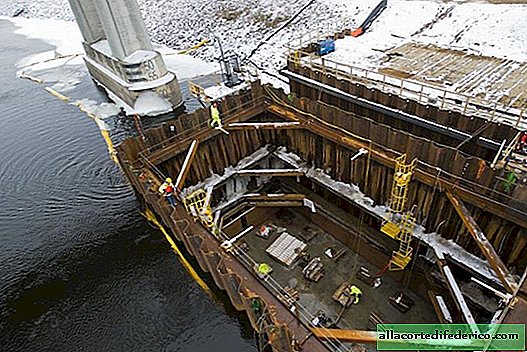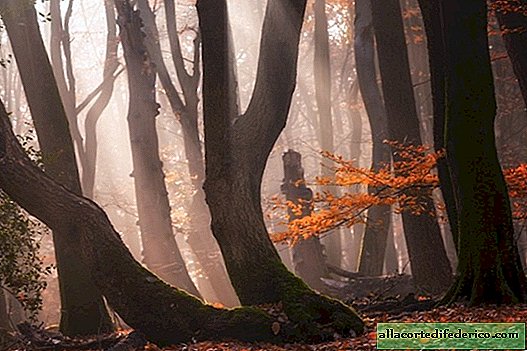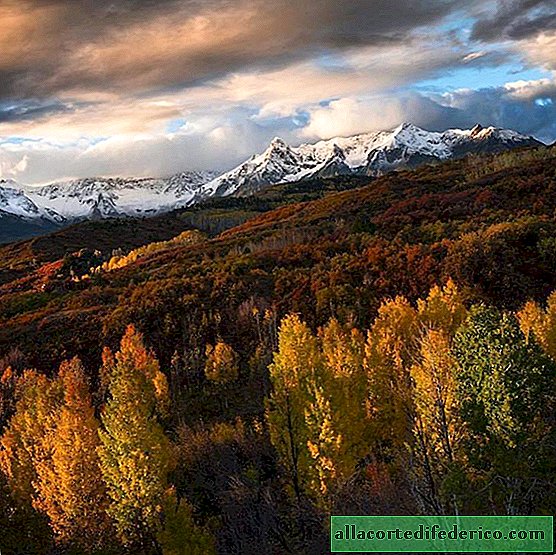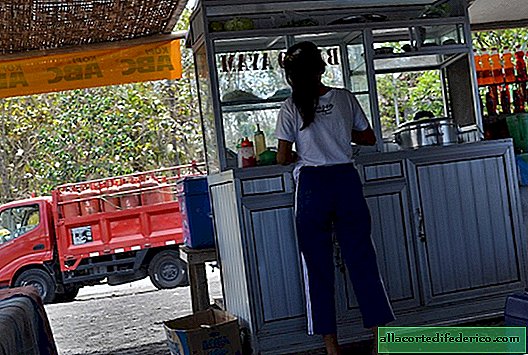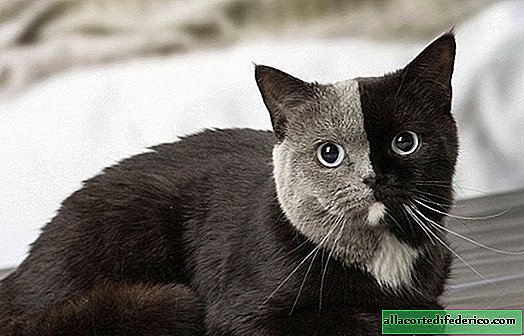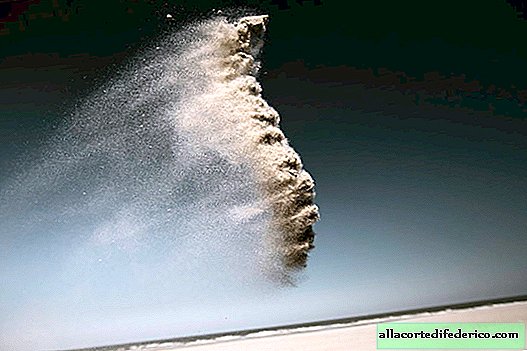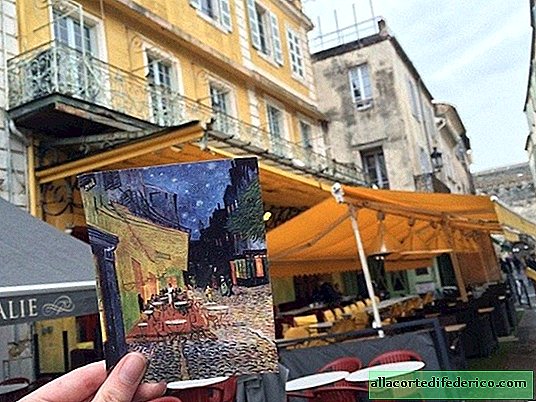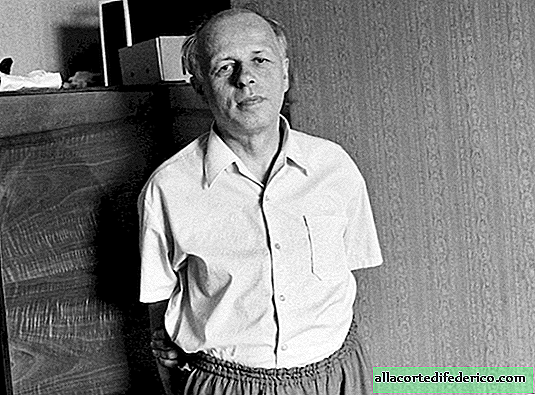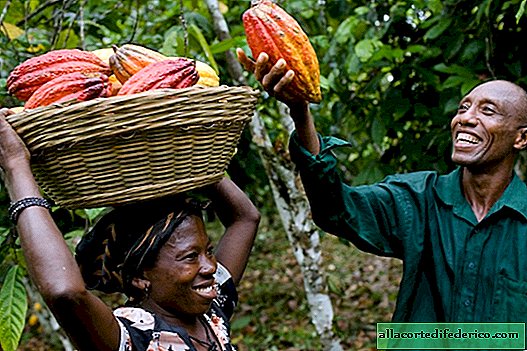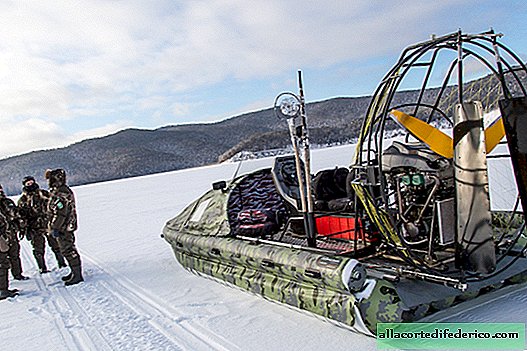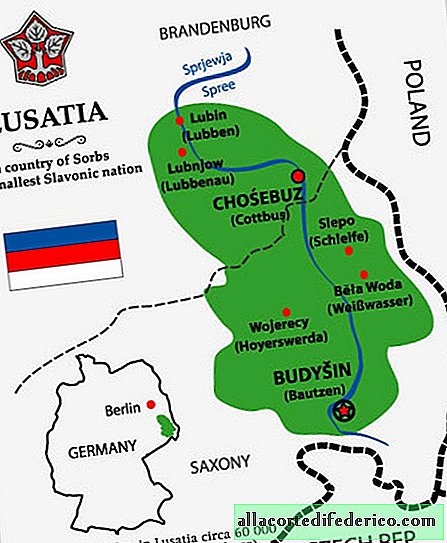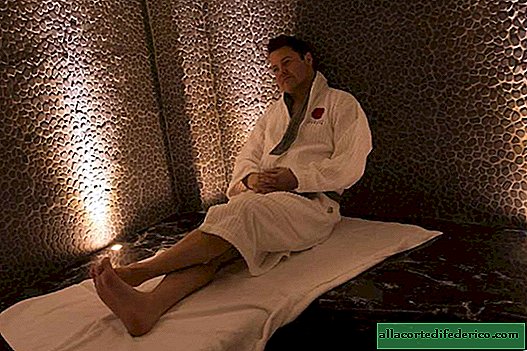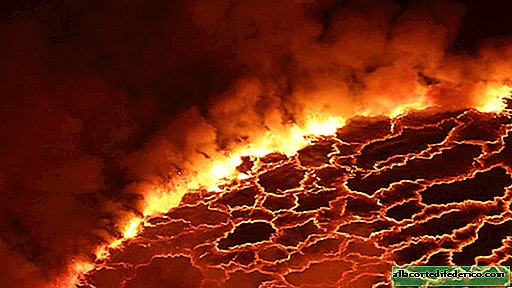If you thought that cards display true information, then look at that!
We are used to maps that were shown to us at geography classes at school and to what we see today on the screens of our gadgets. In reality, these images have nothing to do with the real state of affairs. For example, take Greenland. Do you have an idea of its real size?
If you cut the image of Greenland from the map we are familiar with and compare it with Africa, then their areas will seem approximately the same. But is it really so?

The trick is that the Earth has the shape of a sphere and in order to convey true information about the location and areas of territories, the map should also be spherical.
There are several ways to project a sphere onto flat screens. Google maps, for example, are very close to the Mercator projection, and they, in turn, are quite close to reality. And yet, size distortion is inevitable: the farther from the equator, the larger the territories appear.
This is especially noticeable on the example of Greenland, and all because of its remoteness. In fact, compared to Africa, this country looks like this.

Greenland covers 2,113,000 km² and Africa covers 30,220,000 km².
The same can be said about Russia, which seems huge. But Africa covers an area of almost twice as much: 30,220,000 km² versus 17,100,000 km².

A map that reflects the true scale of objects on Earth looks like this.


